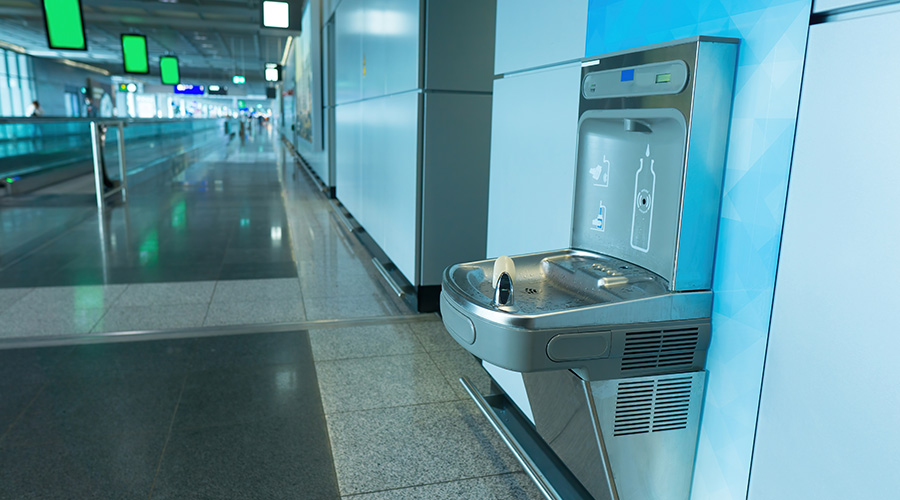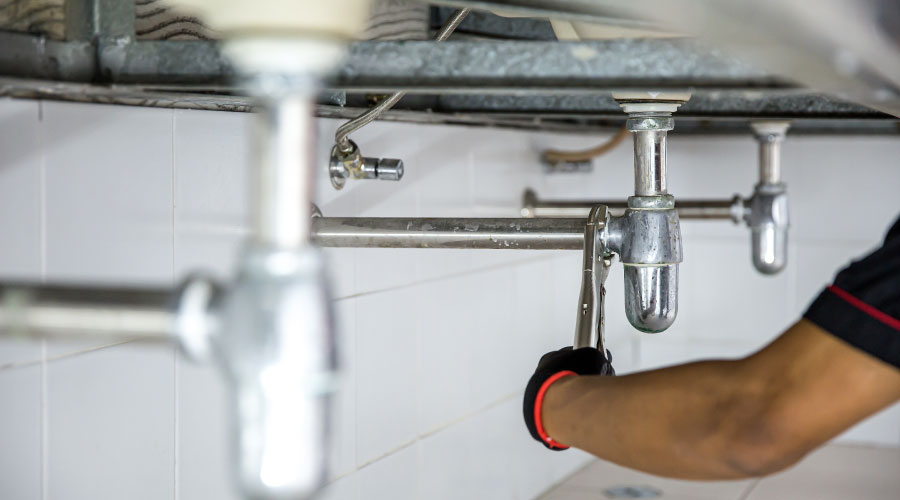Water Consumption at School Drastically Reduced After Plumbing Retrofits
The plumbing project cost $55,184, with a projected annual savings of $14,651, and a payback time of 3.8 years. The entire project included: replacing 65 toilets, 28 urinals, and 41 general-purpose faucets to lower-flow options. The toilets went from 4.5 gallons per flush (gpf) units to 1.6 gpf units, and the urinals went from 1.5 gpf units to 0.75 gpf units.
When presented with the potential savings involved, Young says the school board got behind the project.
"I guess the motivation for the board and what basically sold them was the compilation of data," Young says. "That was kind of what prompted us to do it, and when they realized the amount of savings they could get, they were pretty much in favor at that point."
Young considered the advice of those in the plumbing industry before making product specification decisions for the upgrades.
"We rely heavily on the industry because of the technology they have, and they can provide us with the amount of savings available and the type of fixtures and equipment available, and it's just a matter of us looking over what we feel is best for us," Young says. "My role is to confirm or deny what we think is good and what we think will not work."
The plumbing upgrades took place during the summer to minimize interference with classes, and a private contractor performed the upgrades.
"The summer months give you an opportunity to do more without interruptions, but you only have 11 weeks in that summer period, and that goes by very quickly, so you have to have a contingency there for 'what are you going to do with the students at this point?'" Young says. "That's where you work and just shift them around, block areas off."
The water savings were almost immediate. Young says the school district reduced its water use by 252,000 gallons during the first year after the changes were made.
"The high school uses the most water, and we were up over a million gallons, so that 250,000 drop certainly has a major effect on us," Young says.
Related Topics:














